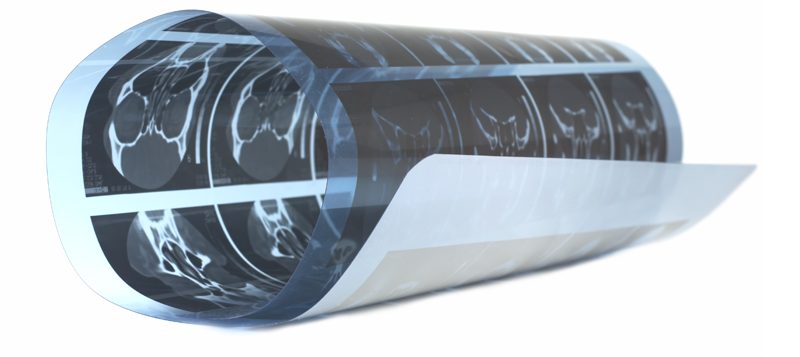The cure for Parkinson's and other neurological diseases may be closer, thanks to a recent discovery by researchers at the D'Or Institute for Research and Education (IDOR).
Parkinson’s a neurologic degenerative disease which develops after the death of brain cells within an area where dopamine is produced—a neurotransmitter with important functions to the human body, such as the control of muscle movements.
The cause of Parkinson’s disease is still unclear to medical science. This disease mainly affects people over 65, having a considerable increase of cases of people around the age of 70.
Data from the Ministry of Health estimate that around 200 thousand Brazilians suffer from Parkinson’s. As it is a silent disease, it is very important to pay attention to the main symptoms so possible signs can be identified.
The Symptoms of Parkinson’s Disease

Some symptoms of the disease may start around 10 to 15 years before the most evident manifestations. With the interruption of the dopamine production, the brain’s capacity of orchestrating body movements is reduced, thus, affecting the motor coordination skills.
These are some of the main signs of Parkinson’s disease:
- Depression and irritability
- Urinary incontinence
- Muscle stiffness
- Lack of balance
- Erectile dysfunction
- Low blood pressure
- Constipation
- Tremor
In addition, neuroscientists have observed minor symptoms, such as loss of the sense of smell, sleep disorders, change in posture, shaky and small handwriting and little facial expression.
Is there a cure for Parkinson’s disease?
Parkinson’s disease does not have a cure yet. But recent studies have found very important relationships in activities of brain training, with possible advances in the treatment of the disease. Simply put, it is as if the imagination could stimulate the cure of neurological diseases.
The study led by neuroscientist Theo Martins, from the D’Or Institute for Research and Education (IDOR), along with researches from UFRJ (Federal University of Rio de Janeiro) and published in the reputable scientific journal NeuroImage, reported a brain training technique which is able to modify neural connections.
Gathering 36 volunteers, submitted to magnetic resonance imaging exams, neuroscientists captured brain activity through the images and presented to the participants, who, in turn, should make specific movements such as moving their hands, so that their brain activity could be monitored and they could be able to train them.
In a subsequent step, participants should stay put, while they imagined that they were carrying out the previous action.
Possible news on the cure of Parkinson’s disease
Along the program, the researchers’ trials identified when the volunteers were moving or if they kept still. There were readings of neural signs showing that they were moving most of the time—when actually they were only thinking about doing it.
With the record of previous images and after the training, researchers were able to measure communication and the connections between the cerebral areas to observe the affected neural networks.
In the comparison, there was the perception that the corpus callosum (main communication between the right and left hemispheres) became more robust, in addition to the improvement in communication between the areas. Researchers say it is as if the entire system became strengthened.
The speed with which the brain modified itself – about one hour – was a surprise. Now, neuroscientists expect to use this capacity of adaptation to promote recovery of the motor function in patients with HVAC, Parkinson’s and even depression. In other words, the expectation is to make the patients be able to train their imagination to a level where the brain can recreate the capacity of carrying out the lost movements.
Regarding this hope, radiologist Fernanda Tovar Moll, chairman of the D’Or Institute for Research and Education, explains: “There is still a long way for us to reach specific protocols. The more we understand the mechanisms, the more therapies we can develop.”
This can be an important finding that draws us closer to a probable cure for Parkinson’s, a strong hope for patients and family members.
And what about you, what do you think? Also, check out the advancement on studies about Alzheimer’s cure!



